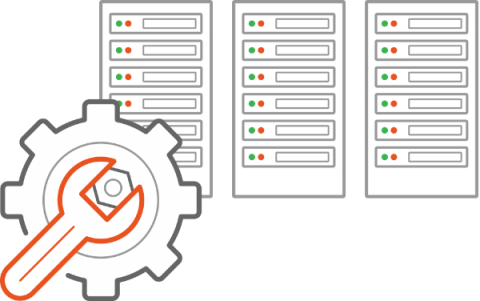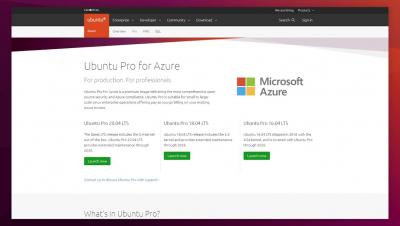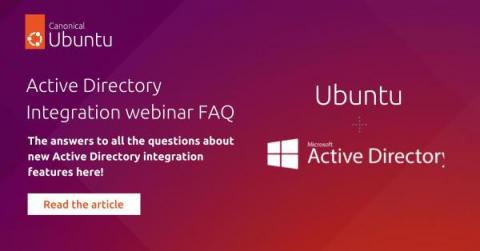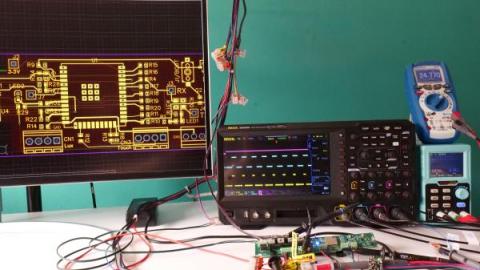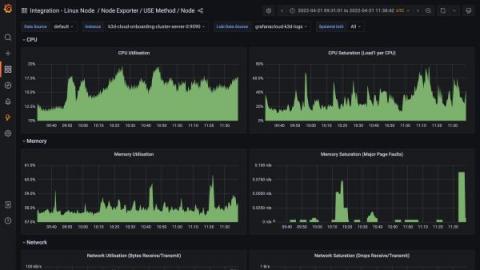Private cloud: Avoiding the high cost of operations
Technology plays a strategic role in the success of any organisation. Whether you’re part of an enterprise with thousands of employees across the globe or running a startup from the garage of your home, the success of the business comes down to how you consume technology. However, it’s not that straightforward, and IT decision makers usually have to make a lot of trade-offs when investing in technology.


